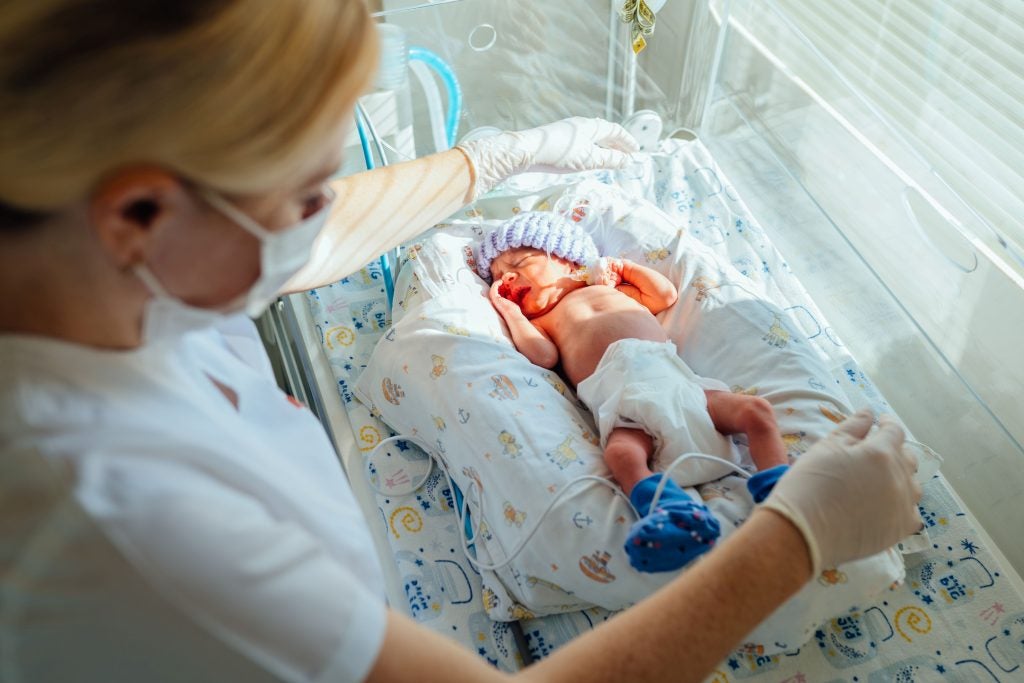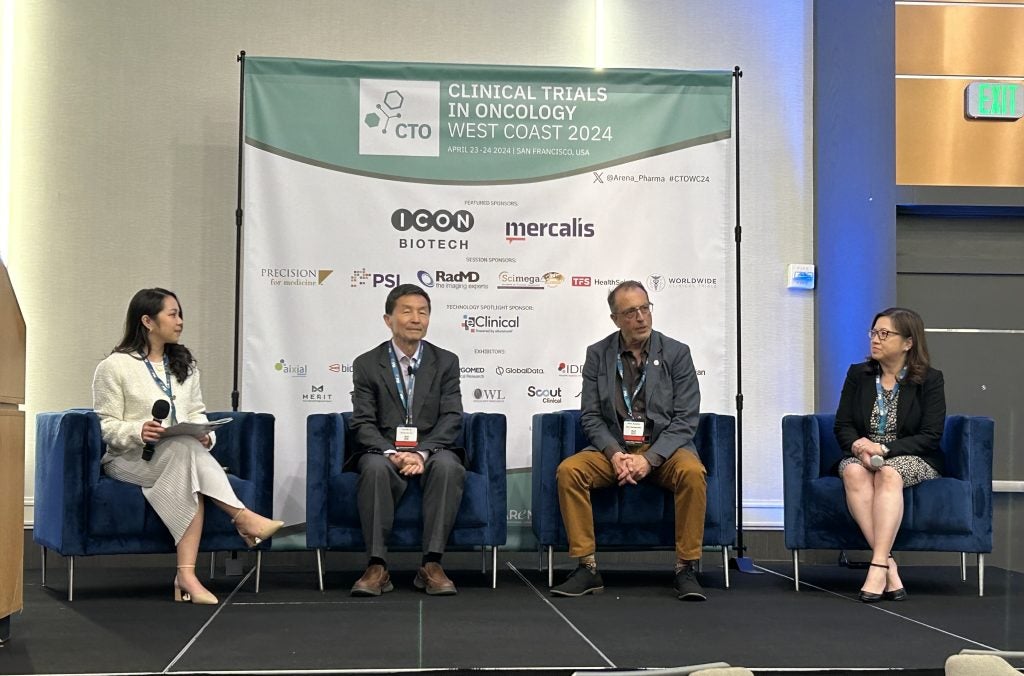US-based Trevi Therapeutics has started a pivotal trial of Nalbuphine ER to treat patients with prurigo nodularis, a severely pruritic dermatological condition characterised by itchy skin nodules.
Around 60 prurigo nodularis patients in the US and Europe will be enrolled in the multi-centre, randomised, double-blind, placebo-controlled, parallel, three-arm trial, which is designed to evaluate the safety and anti-pruritic efficacy of Nalbuphine HCl ER tablets.
The trial’s primary endpoint will measure the change in itch from baseline in prurigo nodularis patients with moderate to severe itch, while its secondary endpoints include patient perception of the burden of itch, quality of life effects of pruritus, and impact on sleep, anxiety and depression.
Trevi president and chief executive officer Jennifer Good said: "Prurigo nodularis is an intensely pruritic disease that seriously impacts a patient’s quality of life.
"There are no approved therapies for this condition. The initiation of this study of Nalbuphine ER is a significant step forward in the development of a potential therapeutic treatment option for these patients."
See Also:
Currently, the company is also conducting a pivotal trial with Nalbuphine ER in hemodialysis patients with uremic pruritus, which is almost fully enrolled.
How well do you really know your competitors?
Access the most comprehensive Company Profiles on the market, powered by GlobalData. Save hours of research. Gain competitive edge.

Thank you!
Your download email will arrive shortly
Not ready to buy yet? Download a free sample
We are confident about the unique quality of our Company Profiles. However, we want you to make the most beneficial decision for your business, so we offer a free sample that you can download by submitting the below form
By GlobalDataTrevi chief medical officer Thomas Sciascia said: "The hypothesis of our study is that within an eight-week period there will be a significant reduction in itch.
"We are also offering a one-year open label extension to understand if a prolonged reduction in itching will result in the healing of the skin."
The trial will include a titration period of two weeks, followed by an eight-week blinded period on a fixed dose of drug or placebo and a two-week wash-out period.
According to the company, at the end of the wash-out period, patients may be eligible to roll over into a one-year open label extension trial.
Topline data from the trial is expected to be reported by the company in the third quarter of this year.







